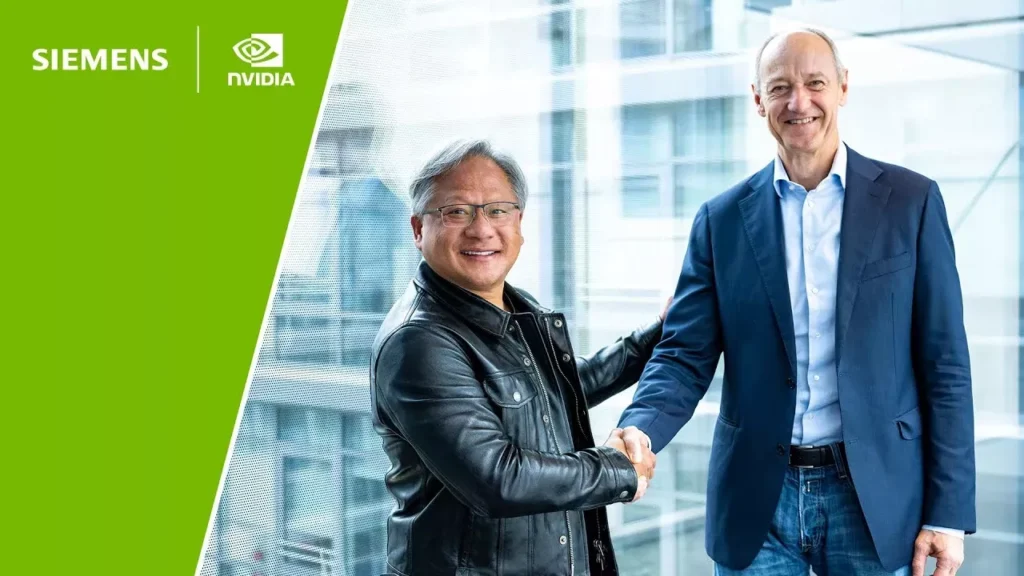Siemens has decided to expand its collaboration with NVIDIA to advance its industrial metaverse efforts.
Siemens and NVIDIA demonstrated at the NVIDIA GTC Conference that generative AI can enable photorealism in the visualization of complex data. The two companies demonstrated how sustainable shipbuilder HD Hyundai can use this technology to develop new products.
The company will integrate interactive visualizations powered by new NVIDIA Omniverse Cloud APIs into the Siemens Xcelerator platform, enabling more effective use of AI-driven digital twin technology.
Siemens Chief Executive Officer (CEO) Roland Busch, whose views are included in the statement, stated that they will revolutionize the way products and experiences are designed, manufactured and presented, and said, “This new generation of industrial software makes it possible for customers to experience products as they are in the real world, that is, in a context and with a striking level of realism, on the way to the industrial metaverse.”
Stating that it will be possible for customers to interact with these products through natural language inputs in the future, Busch said, “Thanks to our NVIDIA collaboration, we will add accelerated computing, generative artificial intelligence and Omniverse integration capabilities to the Siemens Xcelerator portfolio.”
“It brings about a great transformation”

NVIDIA’s CEO, Jensen Huang, emphasized the significant transformation Omniverse and generative artificial intelligence have initiated for industrial enterprises. He stated, “By integrating NVIDIA’s platforms into its offerings, Siemens is equipping industry leaders with the tools to forge the next generation of AI-enhanced digital twins, applicable across various scales.”
In the next stage of their partnership, Siemens is set to unveil a new product for Teamcenter X later this year. Teamcenter X is the company’s flagship cloud-based Product Lifecycle Management (PLM) software and a critical component of the Siemens Xcelerator platform.
Leveraging NVIDIA Omniverse technologies, the upcoming system will empower engineering teams to develop intuitive, photorealistic, real-time, and physically accurate digital twins, significantly reducing waste and errors in the workflow.
Thanks to generative AI, the process of specifying material descriptions, setting up lighting environments, and incorporating other photorealistic media elements will become more efficient.
This technology will allow for the contextualization of engineering data within real-world settings, transforming tasks that once required days into matters of hours. Not only engineering teams but also sales and marketing personnel, decision-makers, and customers will gain deeper and more accurate insights into the real-world implications of products, thus facilitating quicker and more informed decision-making processes.
You may also like this content
- Can the Metaverse Project Make a Comeback?
- 7 Technologies Powering the Metaverse World
- 5 Ways to Make Money Playing Decentraland (MANA) in 2025

